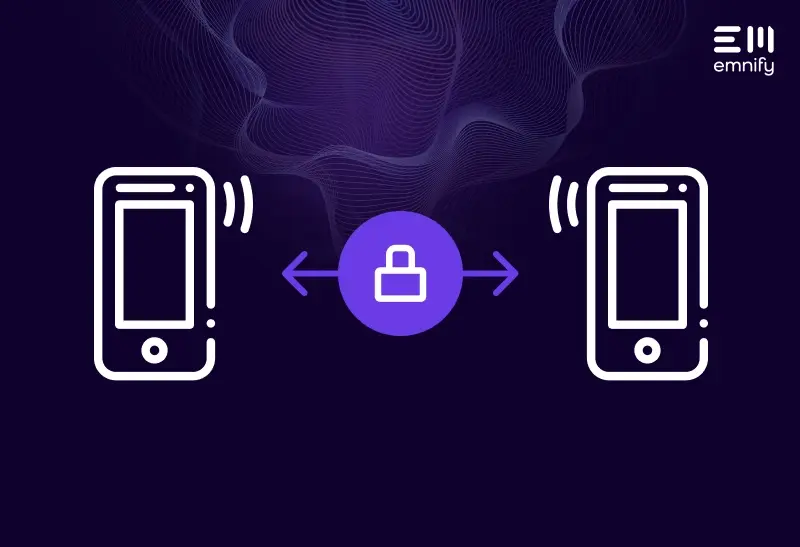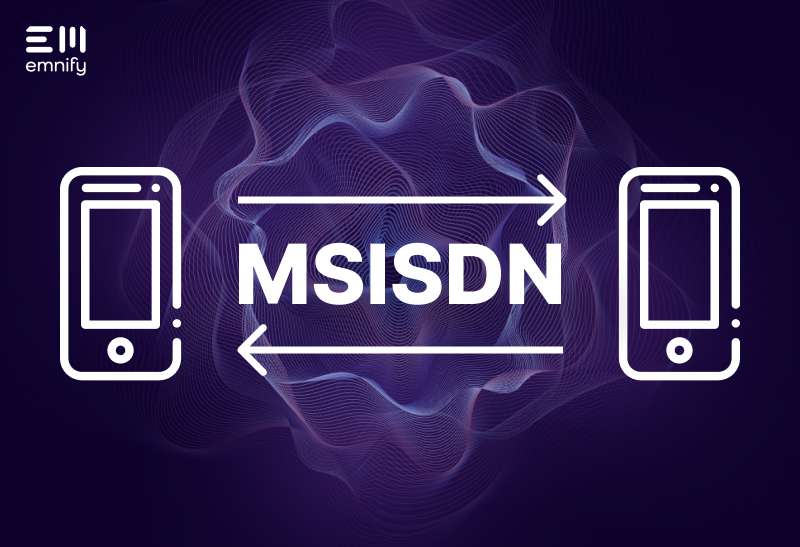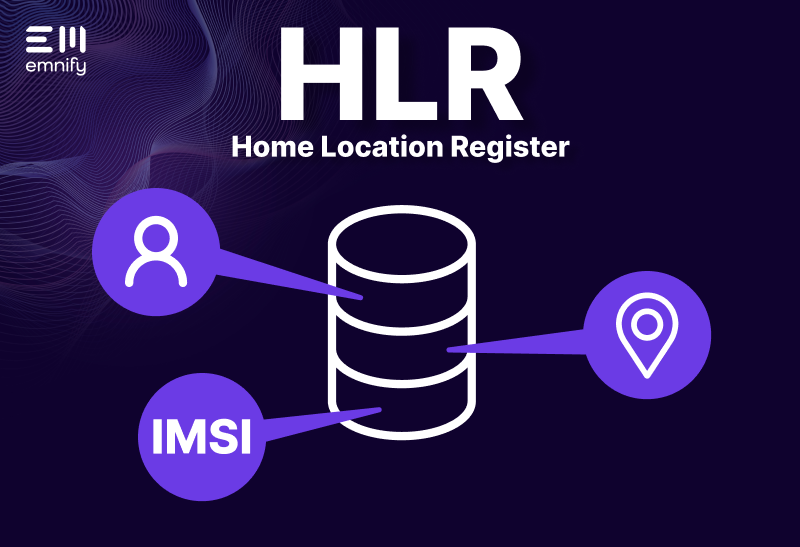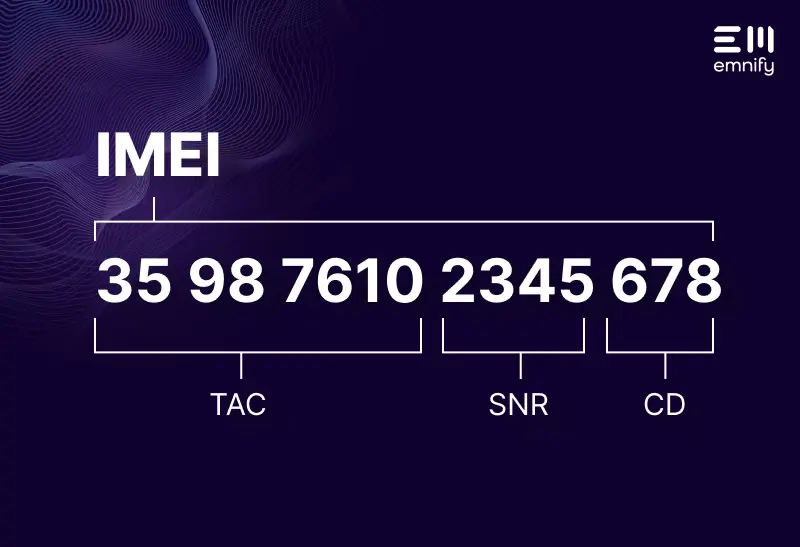

When a device attempts to access a GSM or CDMA-based network, it connects to the network’s nearest Base Transceiver Station. The Base Station Controller then relays the connection to the MSC, which is part of the Network Switching Subsystem.
The MSC uses the Home Location Register (HLR) or a Visitor Location Register (VLR) and the device’s SIM to authenticate the subscriber, determine whether they have permission to access the network, and ensure that the subscriber gets charged properly for any services they use.
The HLR and VLR are databases that contain information about subscribers who are authorized to use the network, including their location, Mobile Station International Subscriber Directory Number (MSISDN), and International Mobile Subscriber Identity (IMSI). The MSISDN is the phone number associated with the device and the subscriber, and the IMSI is a unique number that identifies the subscriber.
The MSC is like the gatekeeper to a network, checking the devices’ IDs and determining who can and can’t access the network’s services. After a device connects, the MSC passes their transmission and information to the MSC of the device they’re attempting to connect to, then keeps track of the services they use and records network usage details for billing purposes.
This authentication process depends on a secret key the device’s SIM and the network’s HLR share. Using the key, the HLR creates a Signed Response (SRES) over a random number. The MSC forwards the random number to the device, and if the device responds with the same SRES as the HLR, the MSC authenticates it.
For example, Device 1 is roaming and wants to send a transmission to Device 2. The local MSC (MSC 1) overseeing the cell Device 1 is located within will recognize the Mobile Network Operator (MNO) the subscriber is associated with, and assuming that MNO has a roaming agreement with the local MNO, MSC 1 will approve the connection. MSC 1 then passes the transmission request to the MSC overseeing the cell Device 2 is located within (MSC2). If Device 2 is authorized to connect to the network associated with MSC 2, MSC 2 will approve the connection. Both MSCs track data consumption of their associated device and the correct charges for the service (including roaming charges for Device 1).
How MSCs help facilitate handovers
The cell structure of cellular networks enables mobile devices to stay connected to the network even as they move across large geographic areas. This is made possible because the cells can efficiently “hand off” a connection to an adjacent cell when the device crosses the border between them.
Each cell has an MSC, which oversees multiple Base Station Controllers, which can oversee hundreds of Base Transceiver Stations. Within the BSC’s cell, each BTS has a cell of its own, which can intersect with the cells of multiple MSCs, BSCs, and BTSs.
[Insert image showing overlapping BTS cells within overlapping BSC cells, within overlapping MSC cells. Two larger BSC cells that overlap, filled with smaller BTS cells, some of which are within the area the BSC cells overlap.]
Additionally, frequency bands essentially form distinct layers of a BTS’s cell. These overlapping structures create four possible scenarios where a Mobile Station (a device with a SIM card) needs to be “handed off”:
- Intra-BTS handover:
- Intra-BSC handover/inter-BTS handover: It enters the cell of a different BTS which belongs to the same BSC.
- Inter-BSC handover/intra-MSC handover: It enters the cell of a different BTS which belongs to a different BSC but the same MSC.
- Inter-MSC handover: It enters the cell of a different BTS which belongs to a different BSC and a different MSC.
The MSC is involved in scenarios three and four, handing off the device to another BSC it oversees for an intra-MSC handover or coordinating with another MSC for an inter-MSC handover. Smooth handovers ensure that devices don’t experience disruptions in service as they transition across cells, and they help cellular devices quickly establish connections to other devices.
Learn more about cellular connectivity
If you’re working in cellular IoT, it helps to understand how cellular networks operate and how various components and processes affect your application. Keep exploring our resources about networks, cellular connectivity, and the Internet of Things in our IoT glossary.
Need an IoT connectivity solution?
emnify is a complete end-to-end connectivity provider. We provide IoT SIMs that can connect to more than 540 cellular networks in more than 180 countries, a Connectivity Management Platform to help you oversee all your connected devices, and a cloud native infrastructure available anywhere in the world.
Get in touch with our IoT experts
Discover how emnify can help you grow your business and talk to one of our IoT consultants today!

If you want to understand how emnify customers are using the platform Christian has the insights. With a clear vision to build the most reliable and secure cellular network that can be controlled by IoT businesses Christian is leading the emnify product network team.


